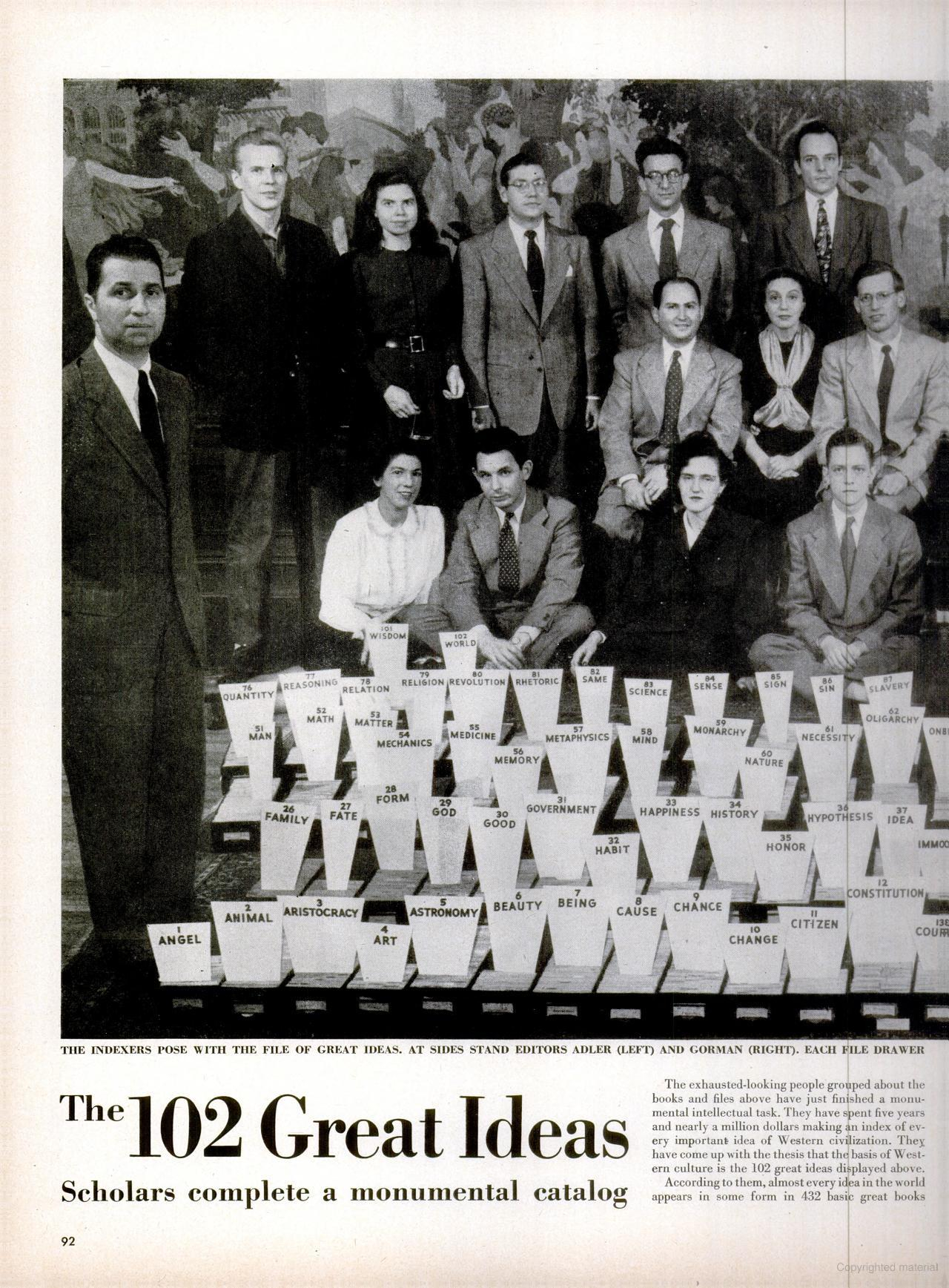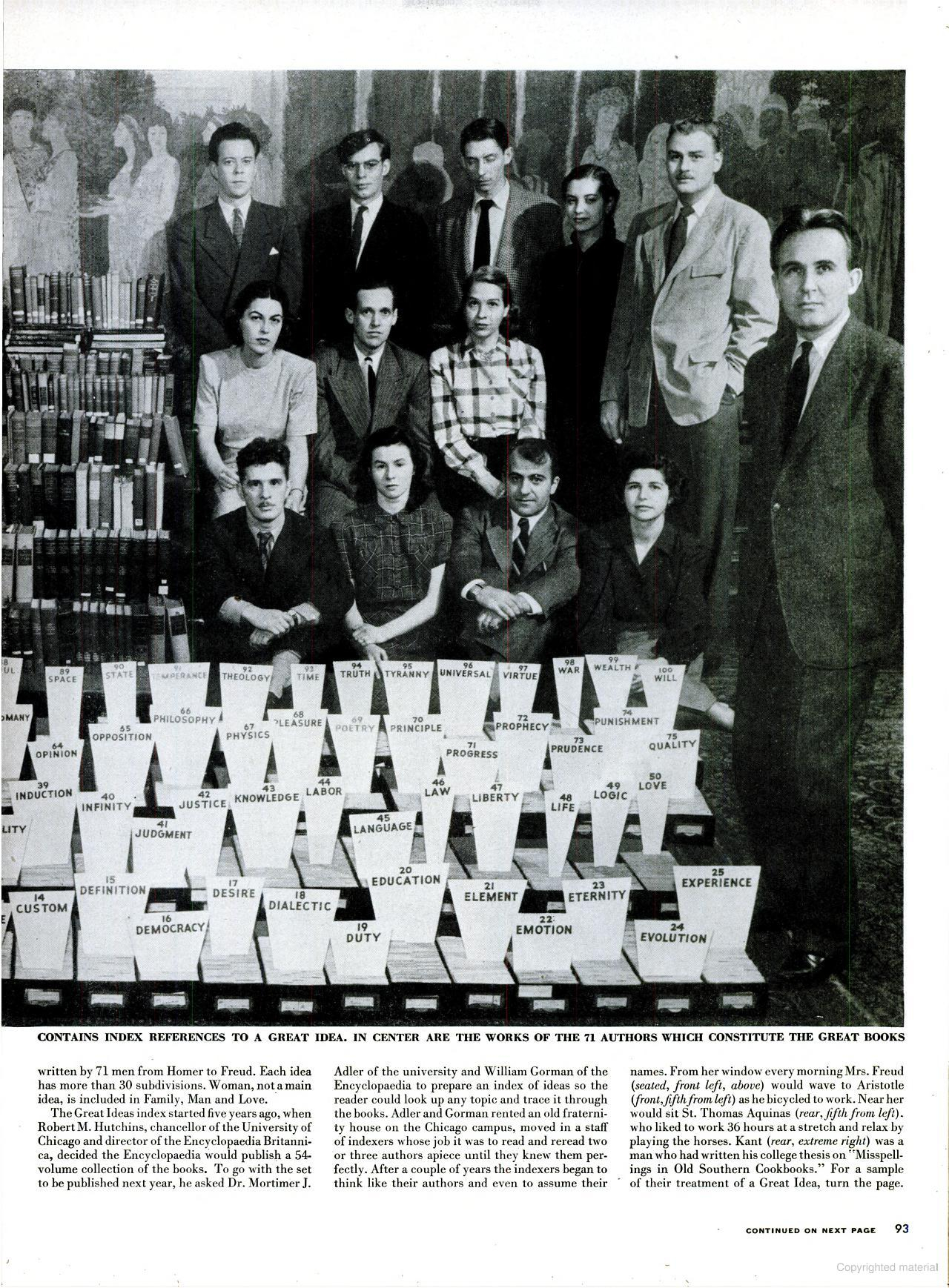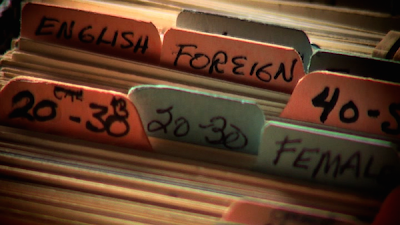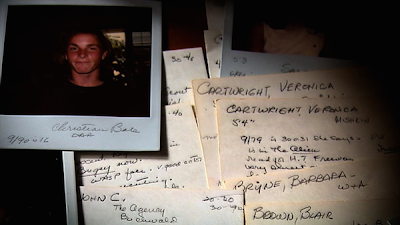https://thehill.com/homenews/senate/3641225-mcconnell-throws-shade-on-grahams-proposed-national-abortion-ban/
I've recently run across a few examples of a pattern that should have a name because it would appear to dramatically change the outcomes. I'm going to term it "decisions based on possibilities rather than realities". It's seen frequently in economics and politics and seems to be a form of cognitive bias. People make choices (or votes) about uncertain futures, often when there is a confluence of fear, uncertainty, and doubt, and these choices are dramatically different than when they're presented with the actual circumstances in practice.
A recent example was a story about a woman who was virulently pro-life who when presented with a situation required her to switch her position to pro-choice.
Another relates to choices that people want to make about where their children might go to school versus where they actually send them, and the damage this does to public education.
Let's start collecting examples of these quandaries at all levels of making choices in the real world.
What is the relationship to this with the mental exercise of "descending into the particular"?
Does this also potentially cause decision fatigue in cases of voting spaces when constituents are forced to vote for candidates on thousands of axes which they may or may not agree with?



